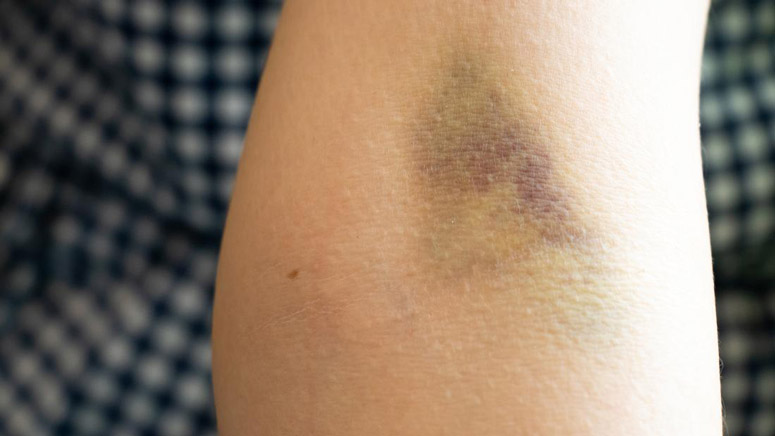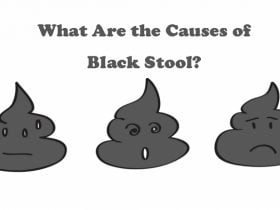Possible Risks

It can be a bit uncomfortable when the blood is drawn. Needle sticks might cause pain in the drawn area. After the test, this sensation might persist and bruising can happen. However, these problems tend to dissolve quickly in a few days. Overall, the risks of taking a lipase test are insignificant. Possible risks are similar to those in other blood tests, such as an infection, hematoma, or a buildup of blood under the skin, fainting, or difficulty drawing a blood sample. [4]
What Does Lipase Levels Mean?

Depending on the lab analyzing the sample, the results of a lipase test can vary. In general, the reference values for those over 16 years old are from 10 to 73 units per liter. Your healthcare provider will explain whether the results are normal.
A high level of lipase might indicate a condition that restricts the lipase flow from the pancreas, such as pancreatic cancer, pancreatitis, gastroenteritis, an ulcer, cholecystitis, celiac disease, a bowel obstruction, or gallstones.
A low level of lipase, typically below 10 units per liter, might suggest a condition that would affect the pancreases. These include chronic pancreatitis or cystic fibrosis. [5]













